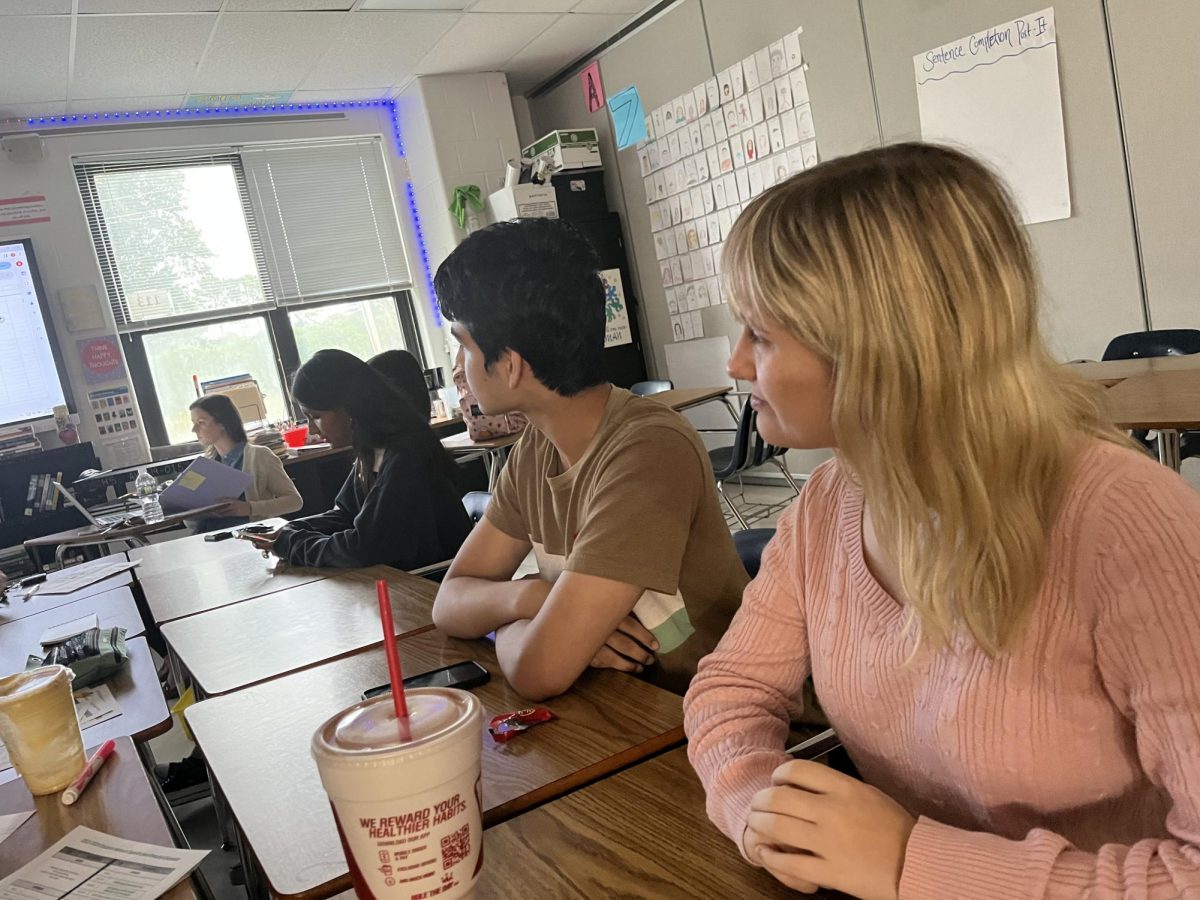Horror is a medium of entertainment that has existed for decades. The uneasiness, mystery, and sometimes downright terrifying nature of horror is undeniably thrilling. Over the years, horror as an entertainment medium has, and still is, evolving, expanding, and splitting into many different forms. One of these sub genres of horror is known as analog horror, which is distinct from other horror through its presentation. Analog horror relies heavily on a vintage aesthetic, which is usually pronounced in its use of cassette tape footage, Polaroid images, grainy audio, and visuals that often fall into the “uncanny valley.”
Analog horror often has a major mystery element, allowing for interesting, in-depth stories. Analog horror as a sub-genre started roughly in the mid 2000’s and blew up online in the late 2000’s with a series called “No Man’s Road” on YouTube. YouTube is where almost all of the successful analog horror series have been posted. This allows large online communities to foster around these works, leading to even more content creation around these stories. This has happened with many popular works such as “The Mandela Catalog” and “Monument Mythos.”
Horror is scary for a multitude of reasons, one of those being a biological factor, developed through human evolution. One of these factors would be the previously mentioned “uncanny valley”, which is a reaction of disgust people have towards things that look similar to being human, but not quite.
However, the biggest and most common way horror gets under people’s skin is through psychological means. The easiest and most effective method is taking advantage of the unknown. Analog horror is one of the best platforms to take advantage of these factors, and when done well, it excels at giving the audience the all-familiar feeling of terror good horror stories convey.
While straight terror is usually the end goal to horror entertainment, it takes more than just being creepy to really make an engaging experience for the audience. They reel in the viewers through interesting stories before revealing the climatic scare. Analog horror is a fantastic format to get the viewer invested in a story. An example of this would be the Analog horror series “Vita Carnis” which takes form in a VHS documentary and builds a fictional world where a new species has emerged on Earth. This setting allows for the audience to get invested in the fictional world, and build tension for the eventual scares.
“I’d say if you’re trying to tell a good story you lean in and out of it,” sophomore Teya Faasen said. “You get quiet and then you can shout at them, or give [the audience] something unexpected and just leave them with that.”
Analog horror series generally gained initial popularity due to their shock value, but that can only take a piece so far. Jump scares and gore are a few hallmarks in horror, and while they are effective ways to frighten the audience, using it too often can detach the viewer, and make the series fall flat. This especially applies to analog horror because a large part of this type of media is that it feels grounded in reality. The VHS tapes, the old digital photos, and the distorted audio all drives home the feeling that at some point in the past, someone really could have been sitting in front of a box TV or an old computer and had been really going through the unsettling events portrayed in the story.
Another way some analog horror series fall flat is through an over-complicated plot. Because a captivating story is a must-have for a good analog series, many stories fall victim to a convoluted narrative. This often happens through adding new random story elements to account for a new plot point; retconning. It’s fine to have a scattered watch order of videos, cryptic messages, hidden codes, ect. But changing established events for future purposes is a quick way to confuse the audience and cause a loss in interest.
Besides a generally good story, there’s a lot more that goes into making an analog horror series exceptional. The quality of the visuals and audio are undoubtedly a key element in creating a good analog piece. The most common way analog horror shows their monsters is through crude images and drawings, and for realistic scenes, 3D computer generated models are used. This can be seen most clearly in effect in the analog series “The Backrooms” where entire sets are all computer generated. Both of these methods combined with a competent mix of haunting audio can make some of the best scenes analog horror has to offer.
Besides those methods, another, less used way, is the implementation of practical effects, which is the practice of using figures, models and props. A perfect example of how well this method works is in the series “Vita Carnis” where a mimic attack is filmed, with the mimic being a real model.
“If something just looks scary it bothers me, like it could attack you,” sophomore Rylee Riggs said.
This can all be combined to give the audience a sense of realism, which can lead to some of the most terrifying moments in a series. Putting characters in situations where they don’t have access to their presumed amenities such as food, water, light, protection or other people, can make every scene a tension building masterpiece. These types of situations are great in analog series, because the mesh of realism and helplessness can make the audience feel as if they’re in the same horrifying predicament as the characters.
“My fear is being abandoned,” freshman Mylie Gibbs said. “What makes me think it’s scary is that you don’t have anyone around you to help you or support you.”















![Ninja Christmas [Comic]](https://FHNtoday.com/wp-content/uploads/2024/12/Ninga-Christmas-Comic-1200x898.jpeg)







